How to Permanently Delete Files on PC Without Recovery? 【Works with all Windows】
Permanently deleted files on a PC are necessary, which can safely protect your privacy, especially the post-employment office PC or when decide to resell your old PC.
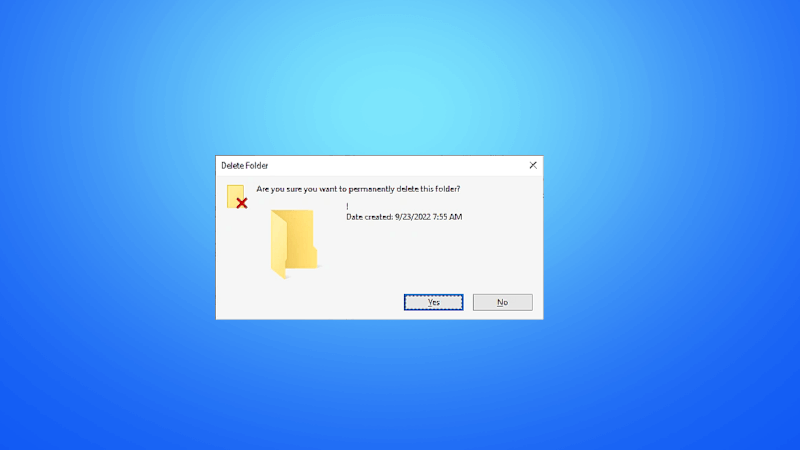
Shift-deleted files can be recovered afterward because their data is still on your hard disk. That's why professional recovery software can retrieve them. This article will provide three ways to safeguard your privacy when permanently deleted files can't be recovered.(available on Windows 11/10/8/7)
Part 1: What Happens When Windows Deletes Files
In fact, when Windows delete files, they are simply moved to certain sectors of the hard drive and are hidden from the operating system. This is the case even if you have emptied the Recycle Bin, if there is no new data written on those certain sectors where the deleted files exist, there is still a chance of data recovery.
However, if those sectors of the hard disk are overwritten with new data, then the chances of undeleting files become very low. Although there are certain data recovery tools that can reconstruct files even after the data has been overwritten, the chances of that happening are really very low.
Part 2: How to Permanently Delete Files on PC Without Recovery
Given what has been discussed above, it is far from enough to just 'shift delete' the files if you want them never to be recovered. You do need other ultimate solutions to achieve that goal. So below we've outlined three solutions, which are available on all Windows 11, 10, 8 and 7 and might help you indeed.
Solution 1: Permanently Delete Files by Setting Recycle Bin
By default, anything you delete on your Windows PC gets moved to the Recycle Bin. From there, you can restore the deleted files. If you want to permanently delete your files, then you will need to configure Recycle Bin via its 'Properties' section. Follow these instructions:
Step 1 Right-click on the Recycle Bin from your desktop.
Step 2 Click on 'Properties' and then choose the drive for which you want to delete the data permanently.
Step 3 After selecting the drive, mark the option called 'Don't move files to the Recycle Bin. Remove files immediately when deleted'.
Step 4 Next, click the 'Apply' button and then click 'OK' to save the settings.
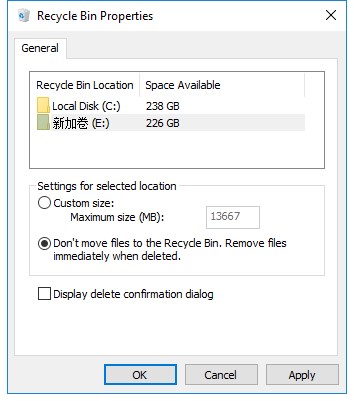
After configuring the Recycle Bin by following the above steps, you will be able to permanently delete your files from that certain drive. You can change this setting any time you want as well.
Solution 2: Permanently Delete Files via Cipher
There is another solution to delete files permanently on Windows. A built-in secure deletion tool of Windows is known as Cipher. This tool allows you to delete your files permanently without recovery but you will need to configure it first. Configuring Cipher may be a bit challenging because the tool does not have a graphical interface. Follow these instructions:
Step 1 Launch PowerShell on your Windows via the 'Start' menu.
Step 2 Once it is launched, input this command: 'cipher /w:C:'
Step 3 This will securely overwrite all the deallocated files on the C: drive of your computer. Your existing files will stay untouched and only the deleted files will be erased.
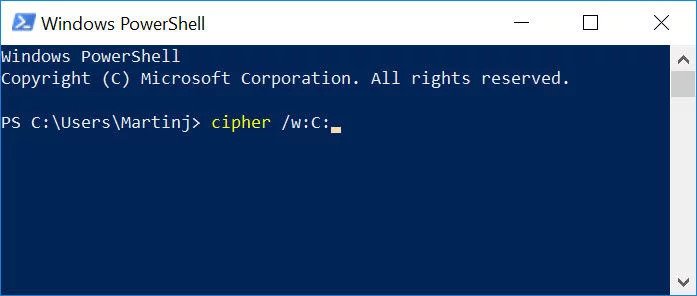
When inputting the command, you can replace the letter C with the letter that you want to cipher and it will erase the deleted files from that. The process can take a very long time. If you want to permanently delete files in a certain folder, then simply input its path in the command in step 2.
Solution 3: Permanently Delete Files with Eraser
Eraser is a powerful tool that you can use to permanently erase sensitive files. Files erased via this tool cannot be recovered. The tool does this by overwriting the deleted files on the certain sectors of the hard drive where they were stored. Follow these instructions to permanently delete the certain files with Eraser:
Step 1 Install Eraser on your Windows PC.
Step 2 Once the software is installed, you can use it to permanently erase any file via the Windows Explorer. To do this, launch Windows Explorer and navigate to the file you want to permanently delete.
Step 3 Right-click on the file and navigate to Eraser, then click on 'Erase' option.
Step 4 On the pop-up dialog box, click 'Yes' to confirm your action. The file will be deleted permanently.
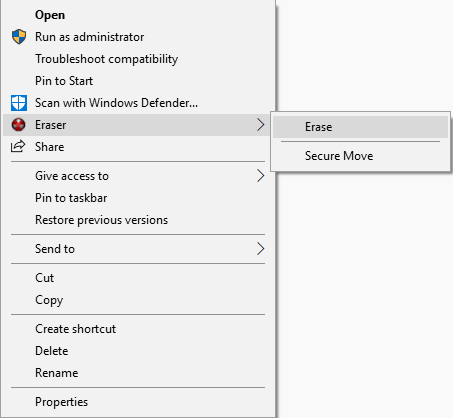
Alternatively, you can also launch the Eraser tool and permanently erase any certain file via it's interface as well.
Part 3: How to Sure Deleted Files on PC Permanently without Recovery
There are no tools that can restore files with "permanently deleted on PC without recovery”, even Anyrecover- the professional data recovery software, that can restore deleted files even permanently deleted or formatted, etc.
so you can use Anyrecover to check whether deleted files are "permanently deleted without recovery".
Only 3 Steps to Check deleted files are "permanently deleted without recovery" :
Step 1: Run AnyRecover on your Windows PC, and then choose the 'Recycle Bin' option (or other locations that your permanently deleted files were stored).

Step 2: Click on 'Start' button to run scanning process. The process will take a few minutes, but you can pause or stop it at any time you want and the program will display the files it has found.
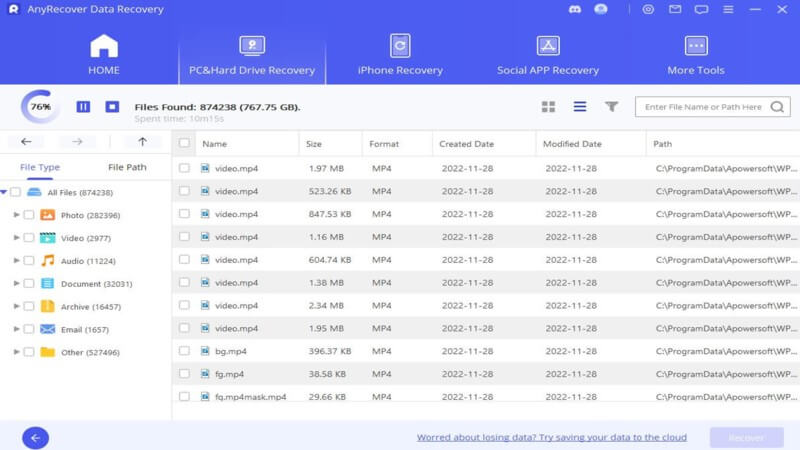
Step 3: Once the scan is completed, you will see the list of lost files. If the file is permanently deleted, then it won't be shown on that list. On the contrary, if the file is displayed on the list, then that means it is not permanently deleted. By the way, you can get any files on the list back by hitting the "Recover" button.
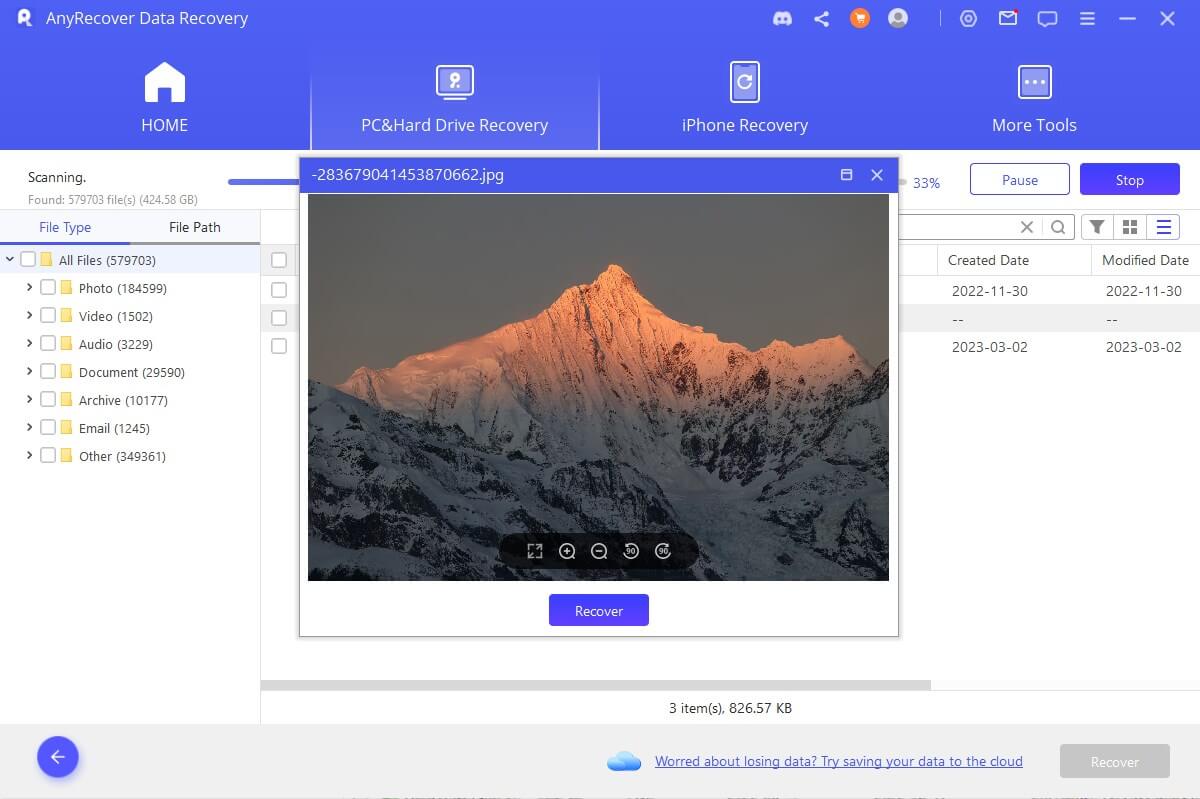
Conclusion
We hope that the methods about Permanently Delete Files from a PC without Recovery mentioned in this article can assist you in permanently and securely deleting your data. However, we still strongly recommend backing up your important data and documents before deletion.
Related Articles:
Time Limited Offer
for All Products
Not valid with other discount *

 Hard Drive Recovery
Hard Drive Recovery
 Deleted Files Recovery
Deleted Files Recovery

